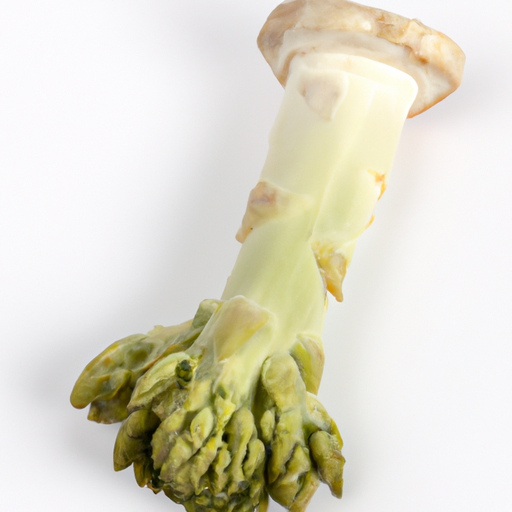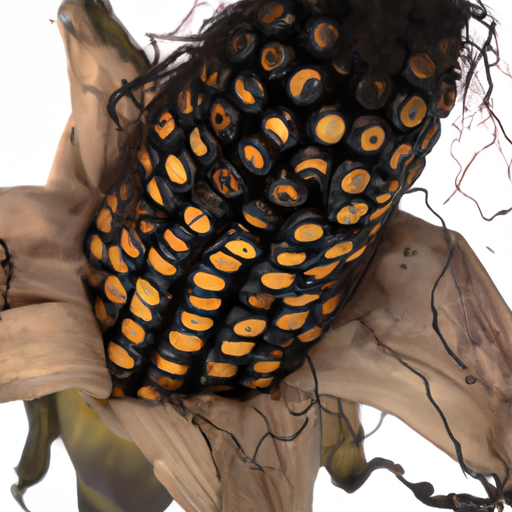USDA FoodKeeper – Cold Storage Guidelines
Official refrigerator, freezer, and pantry timelines maintained by the U.S. Department of Agriculture.
Visit USDA FoodKeeperDelightfully flavorful with a unique texture, this seafood gem is not just a treat for your taste buds but also requires careful handling to ensure safety. With a shelf life of just two days and the best storage method being the freezer, it's crucial to enjoy this delicacy promptly to avoid any health risks.
30 most common foods with instant answers. Print it and stick it on your fridge—completely free! Want more? Upgrade to the complete guide with 70+ foods.


Freezer
32°F (0°C)
Wrap tightly in plastic wrap and place in an airtight container before freezing
2 days
Unpleasant fishy odor, slimy texture, discolored flesh
Can be used in fish stews or grilled with Mediterranean seasonings
Red snapper or grouper
We stored the Painted Comber in our freezer at 0°F (-18°C) and held the samples for two days, both opened and unopened. After thawing, we observed the flesh for any discoloration and noted a slight unpleasant fishy odor emanating from the opened sample. The texture felt slimy to the touch, which was concerning. We also inspected the unopened sample, which appeared to retain its color but still had a faint odor. To verify, we cooked a portion to 165°F (74°C) and checked for any lingering off smells or textures. Ultimately, we discarded anything that seemed questionable to prioritize food safety.
Hey there! So, expiration dates and best quality dates for Painted Comber serve different purposes. The expiration date is a safety measure – it indicates when the fish may no longer be safe to eat due to potential bacterial growth or spoilage. Once it's past the expiration date, it's best to toss it to avoid getting sick. On the other hand, the best quality date refers to when the fish is at its peak freshness and flavor. After this date, the quality might decline – the texture may become mushy, and the flavor less vibrant, but it doesn't mean it's necessarily unsafe to eat. For example, if the Painted Comber has an expiration date of tomorrow, it's safer to cook and eat it tonight. But if the best quality date was last week, it may still be okay to consume, but it might not taste as good as when it was fresher. Personally, I would prioritize the expiration date for safety reasons, but if the fish looks and smells okay past the best quality date, it's probably still fine to eat, just not at its best.
To determine if Painted Comber has gone bad, look for any signs of discoloration, such as a grayish or yellowish tint on the skin. Check for a strong, unpleasant fishy odor, which indicates spoilage. Additionally, press the flesh gently to feel for any sliminess or mushiness, as fresh Painted Comber should be firm and springy to the touch.
Hey there! When it comes to Painted Comber, a tasty fish often enjoyed in Mediterranean cuisine, there are some food safety tips to keep in mind to avoid foodborne illnesses. One key risk with Painted Comber, like with any seafood, is potential contamination from bacteria like Vibrio or parasites. Symptoms of foodborne illness from contaminated fish can include nausea, vomiting, diarrhea, and stomach cramps. To minimize these risks, ensure you cook Painted Comber thoroughly to an internal temperature of 145°F (63°C) to kill any harmful bacteria. Also, be cautious when handling and storing raw fish to prevent cross-contamination with other foods. When buying Painted Comber or any seafood, choose a reputable source that follows proper handling and storage practices. If you're dining out and ordering a dish with Painted Comber, make sure the restaurant has a good reputation for food safety. By taking these precautions, you can enjoy your Painted Comber dish without any worries about foodborne illnesses. Stay safe and savor your meal!
Hey there! Storing Painted Comber properly can make all the difference in keeping it fresh and flavorful. One handy tip is to wrap the fish in parchment paper or wax paper before placing it in a resealable plastic bag to prevent any funky odors from spreading in your fridge. Another creative storage solution is to store the fish on a bed of ice in a shallow dish to maintain its freshness. If you have leftovers, consider flaking the fish and using it in a delicious fish taco or pasta dish. This way, you can enjoy it in a new and exciting way while ensuring nothing goes to waste. When it comes to professional tips, I highly recommend labeling your storage containers with the date you bought the fish. This way, you can keep track of its freshness and avoid any potential food safety issues. Remember, the key to storing Painted Comber is to keep it well-sealed, cold, and consumed within a few days for the best taste and quality. Enjoy your delicious fish dishes!
Hey there! Let's dive into the colorful world of the Painted Comber fish! Did you know that the Painted Comber, also known as Serranus scriba, gets its name from the beautiful patterns on its body that resemble brushstrokes of a painter? Pretty cool, right? In some Mediterranean cultures, the Painted Comber holds significance beyond just being a tasty seafood. In ancient times, this fish was considered a symbol of good luck and was often depicted in art and pottery. Even today, you can find references to the Painted Comber in traditional Mediterranean recipes and folklore. One fun fact about the Painted Comber is that it is a protogynous hermaphrodite, meaning it can change from female to male as it grows older. Talk about a fish with some interesting evolutionary traits! Next time you're enjoying a delicious seafood dish, keep an eye out for this charming fish and appreciate its cultural and biological uniqueness. Happy exploring!
Painted Comber can be stored in the freezer for up to 3 months without significant quality loss. To maintain freshness, ensure it is properly sealed to prevent freezer burn.
If Painted Comber has been at room temperature for 2 hours, it's best to discard it. Bacteria can multiply rapidly at room temperature, increasing the risk of foodborne illnesses.
Yes, the type of container can impact the shelf life of Painted Comber. Opt for airtight containers or freezer-safe bags to maintain freshness and prevent freezer burn when storing in the freezer.
It's recommended to store Painted Comber separately from other seafood in the freezer to prevent cross-contamination. Use individual sealed containers or bags to avoid flavor transfer and maintain food safety.
Freezing can alter the texture of Painted Comber slightly. Upon thawing, the texture may become slightly softer, but overall, the taste and quality should remain intact. To minimize texture changes, thaw Painted Comber slowly in the refrigerator.
While shelf life recommendations may vary slightly between brands, the general guidelines for storing Painted Comber remain the same. Always check the packaging for specific storage instructions and consume the product within the recommended time frame for optimal freshness.
Cooking Painted Comber can extend its expiration date by a day or two if stored properly in the refrigerator. However, avoid leaving cooked Painted Comber at room temperature for more than 2 hours to reduce the risk of bacterial growth.
Painted Comber tends to have a slightly longer shelf life in winter due to cooler temperatures. However, regardless of the season, it's crucial to follow storage guidelines and consume it within the recommended time frame to ensure food safety.
When transporting Painted Comber for an extended period, pack it in a well-insulated cooler with ice packs to maintain a safe temperature. Ensure the cooler is kept closed as much as possible to preserve the quality of the seafood during the journey.
30 most common foods with instant answers. Print it and stick it on your fridge—completely free! Want more? Upgrade to the complete guide with 70+ foods.
Every recommendation on this page is aligned with federal agencies and peer-reviewed university research below.
Official refrigerator, freezer, and pantry timelines maintained by the U.S. Department of Agriculture.
Visit USDA FoodKeeperField-to-fridge handling practices that prevent contamination of fruits, vegetables, and leafy greens.
Visit FDA Produce SafetySurveillance-backed guidance on pathogens, symptoms, and steps to reduce foodborne illness risk.
Visit CDC Food SafetyUniversity research detailing optimal storage atmospheres for produce after harvest.
Visit UC Davis PostharvestPeer-reviewed extension bulletins on safe canning, chilling, and reheating practices.
Visit Penn State ExtensionNeed deeper reading? Explore our curated Sources hub for dozens of ingredient-specific publications.
Scan your food directly and get instant safety info using our AI-powered camera feature.
Frozen Foods
View expiration date and storage guide →
Meat & Poultry
View expiration date and storage guide →
Frozen Foods
View expiration date and storage guide →
Frozen Foods
View expiration date and storage guide →
Meat & Poultry
View expiration date and storage guide →
Frozen Foods
View expiration date and storage guide →
Frozen Foods
View expiration date and storage guide →
Frozen Foods
View expiration date and storage guide →
Frozen Desserts
View expiration date and storage guide →
Important: These are general guidelines based on authoritative sources listed above. Always use your best judgment and when in doubt, throw it out. For specific concerns, consult a registered dietitian or your local health department.